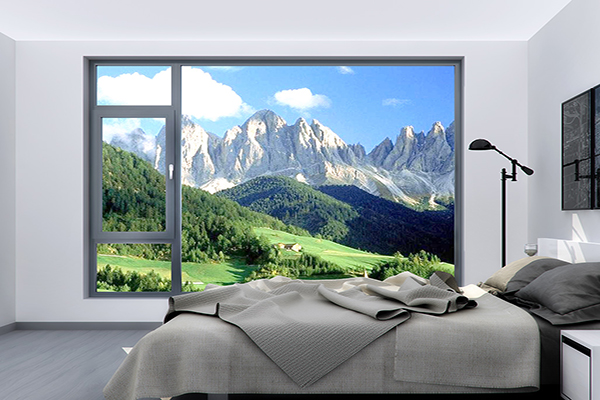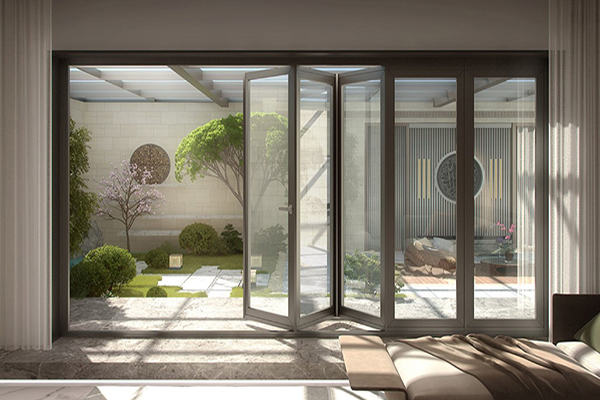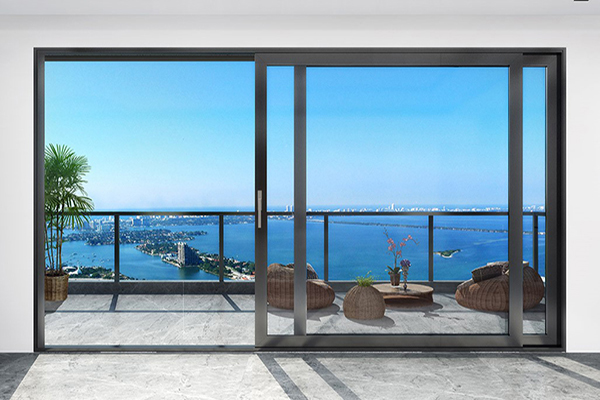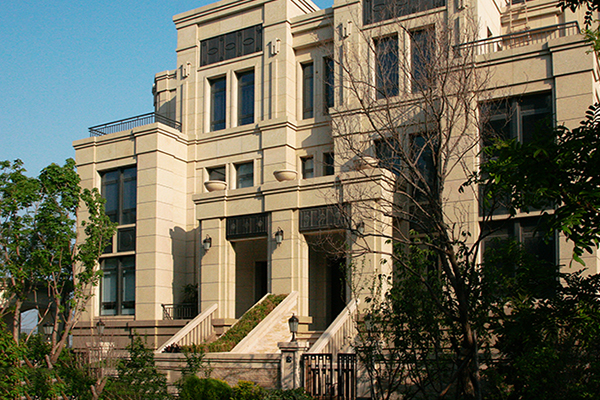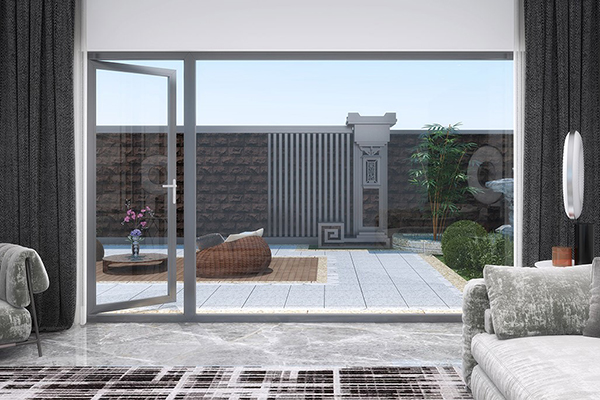How to Choose Casement Aluminum Windows
Casement aluminum windows are a popular choice for homeowners and architects due to their sleek design, durability, and excellent functionality. these Windows, hinged on one side and typically operated with a crank, swing outward to provide superior ventilation and unobstructed views. Aluminum frames add strength and modernity, making them suitable for various settings, from urban apartments to coastal homes. However, selecting the right casement aluminum window requires careful consideration of factors like material quality, glass type, size, energy efficiency, and cost. This guide will walk you through the essentials to help you choose wisely.
What Are Casement Aluminum Windows?
Casement windows differ from sliding or double-hung windows by opening outward (or sometimes inward) via a hinge, offering full ventilation from top to bottom. The aluminum frame is lightweight, corrosion-resistant, and strong enough to support large glass panes with minimal framing. This combination makes them ideal for those seeking durability and a contemporary aesthetic. Understanding their unique features is the first step to making an informed choice.
Key Considerations for Selection
1. Frame Quality of Casement Aluminum Windows
The aluminum frame is the backbone of the window. Look for:
Thickness: Profiles should be 1.2mm–1.6mm thick for stability; thinner frames may compromise strength.
Alloy: The 6063-T6 alloy is standard for its durability and extrusion quality.
Thermal Breaks: Insulating strips between frame sections reduce heat transfer, crucial for energy efficiency.
Finish: Powder-coating or anodizing protects against corrosion and allows color customization—vital in harsh climates.
A robust frame ensures longevity and performance, so prioritize quality here.
2. Glass Selection of Casement Aluminum Windows
Glass impacts insulation, safety, and comfort. Options include:
Glazing: Single-pane is basic; double-pane with gas fill (e.g., argon) boosts efficiency; triple-pane excels in extreme climates.
Low-E Coating: Reflects heat to maintain indoor temperatures and protect furnishings.
Safety Glass: Tempered or laminated glass enhances security and durability.
Match glass to your climate—double glazing with Low-E is a versatile choice for most regions.
3. Size and Design of Casement Aluminum Windows
Size affects function and aesthetics:
Dimensions: Standard sizes range from 14x18 inches to 4x8 feet, but custom options are available.
Configuration: Single units suit small spaces; paired casements or fixed-panel combos work for larger openings.
Hinge Placement: Left, right, or top-hinged (awning-style) options suit different needs.
Measure your space accurately and consider how the window’s swing impacts usability.
4. Energy Efficiency
Efficient windows save energy and enhance comfort:
U-Value: Lower values (e.g., <0.30) indicate better insulation.
SHGC: Low values block heat in warm climates; higher values suit cold areas.
Seals: Casement windows naturally seal tightly when closed—ensure quality weatherstripping.
Look for Energy Star certification to meet efficiency standards.
5. Hardware of Casement Aluminum Windows
Hardware ensures smooth operation and security:
Cranks: Durable, foldable cranks in stainless steel are ideal.
Locks: Multi-point systems secure the sash at multiple points.
Hinges: Strong hinges support larger sashes.
Test hardware for ease of use and durability.

6. Style and Customization of Casement Aluminum Windows
Aesthetics matter:
Color: Powder-coated frames offer endless hues.
Grilles: Add for a classic look or skip for modernity.
Frame Width: Slim frames maximize light; thicker ones add boldness.
Align the design with your home’s style.
7. Durability and Maintenance of Casement Aluminum Windows
Aluminum resists rust and weathering:
Coatings: Anodized or powder-coated finishes enhance longevity.
Cleaning: Simple soap-and-water upkeep suffices.
Choose a window with a strong warranty (10–20 years) for peace of mind.
8. Cost of Casement Aluminum Windows
Prices vary:
Range: Premium models cost more than vinyl but last longer.
Value: Energy savings and durability offset initial expense.
Set a budget and prioritize key features like efficiency over extras if needed.
9. Installation of Casement Aluminum Windows
Proper installation maximizes performance:
Professional Help: Recommended for precision and code compliance.
Fit: Ensure the window matches your opening.
Hire a trusted installer to avoid leaks or misalignment.
Steps to Choose Your Window
Define your needs (e.g., ventilation, light)
Measure your opening precisely.
Set a budget.
Research reputable brands.
Select frame, glass, and hardware.
Verify energy ratings.
Compare quotes.
Arrange professional installation.
Pros and Cons
Advantages:
Great airflow and views.
Durable, low-maintenance aluminum.
Energy-efficient with tight seals.
Drawbacks:
Higher cost than some alternatives.
Heat conduction (mitigated by thermal breaks).
Conclusion
Choosing a casement aluminum window involves balancing practicality and style. Focus on frame quality, glass, size, efficiency, and hardware to find a window that suits your home. With their durability and versatility, these windows are a worthy investment. Research thoroughly, consult experts, and enjoy the benefits of a well-chosen window for years to come.
Welcome to choose the Casement Aluminum Window of Liaoning Etaifeng Windoor Co.,Ltd.


